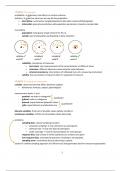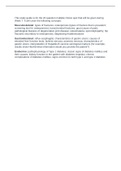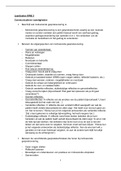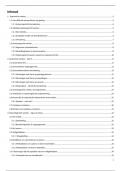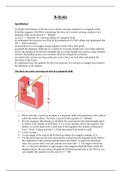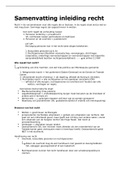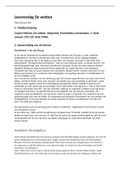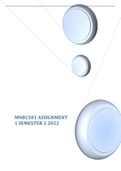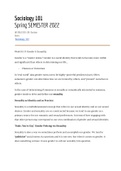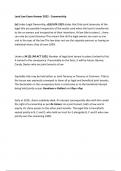Summary
Summary - Statistics 1 (P_BSTATIS_1)
- Module
- Institution
- Book
a summary of the most important content from the statistics 1 course, based on lectures and the book (see below). Alan Agresti (2018). Statistical Methods For The Social Sciences – 5th global edition. Pearson Education International.
[Show more]
